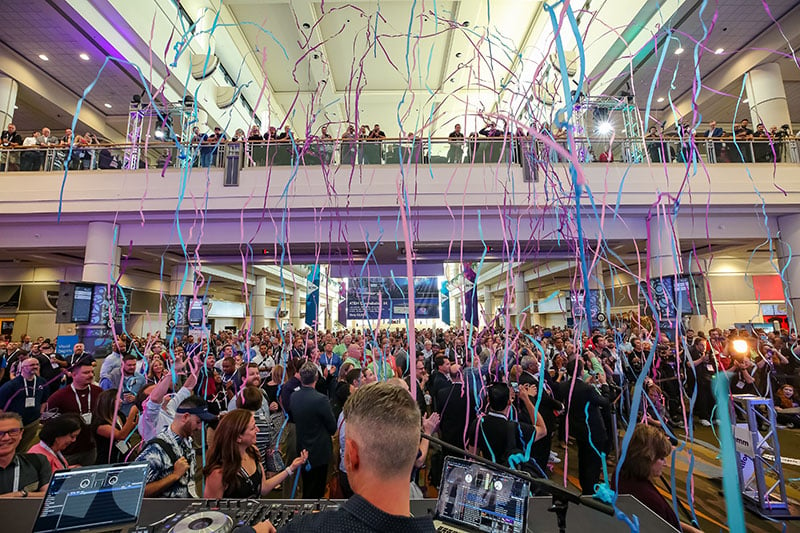Designing Distance Learning Classrooms Using AVIXA Standards at Aalborg University: A Case Study
As schools and universities prepare for the next academic year, accommodating and anticipating what needs to happen in light of COVID-19 may be the universal grand challenge.
Per Mouritzen, CTS®, Technical Manager at Aalborg University, Denmark, provides insight into the elements of planning, design, and integration of three straightforward distance learning classrooms in a recent AVIXA® webinar, University of Aalborg: Designing Distance Learning Classrooms Using AVIXA Standards.
Creating the Classrooms
Mouritzen shares the decision-making process the university AV staff followed for the creation of distance learning classrooms spread across three campus locations. The designs of these classrooms, while comparatively forthright in construction, capture both the learners’ and teachers’ needs with user-friendly functionality in the current conditions of “off campus” learning.
The narrative of the planning for the classrooms includes:
- How this project incorporated several AVIXA standards to influence the design, technology choices, and facility layouts of the classrooms.
- Citing the standards for calculating screen sizes, viewing angles, and the needed contrast ratio.
- The mathematical results from the standards were used to drive the decisions made by the design team.
Mouritzen discusses how standards and best practices also persuaded the lighting design for video capture, and ceiling speaker layouts were calculated based on the conditions where ceiling speakers are located to ensure uniform sound distribution near ceiling microphones.
Basic distance learning functionality and the creation of uniform AV systems was an emphasis of the project. The control touch panels were designed like others in the university and included modes of operation for classes that are not scheduled as distance learning. So, a presentation mode was also included on the touch panel for traditional lecture presentations.
Keeping the control panels simple and consistent as well as the system design and product selection uniform built a firm foundation for reliability and user training.
Training the Team
The technical support team collaborated with faculty members, IT professionals, and university staff to round out a full day user training program that provided a hands-on experience with the new AV systems. A unique training approach where faculty took the role of students, as well as practicing with the system to establish connections and communicate with the other distance learning classrooms were all part of the training exercises. A second round of training was provided for student assistants who are scheduled to assist with classes and to provide first level technical guidance as needed. Online training was also available to enhance the end user training opportunities, or if a formal training session was missed.
A consistent design for screen and camera placement, rack layout, audio equipment and video codec selection along with simplified control design were key to the success and future maintenance of the classrooms.
READ NEXT: Standards that assisted in the development of the Aalborg University Distance Learning Classrooms
- A102.01:2017 Audio Coverage Uniformity in Listener Areas
This was used in the project to establish uniform sound pressure levels across the listening area. - 3M- 2011 Projected Image Contrast Ratio
This was used to establish a contrast ratio for the projected images in the classrooms with consideration of ambient light levels and front projected images. - V202.01:2016 Display Image Size for 2D Content in Audiovisual Systems
This was used to determine screen size, viewing angles, and seating layouts from the front row to the maximum viewing distance. - AVIXA F501.01:2015 Cable Labeling for Audiovisual Systems
This was used in this project to maintain cable labelling consistency among the installation contractors hired to build the systems. - RP-38-17 Recommended Practice for Lighting Performance for Small to Medium Sized Videoconferencing Rooms
This was used to help the lighting designer to create the best lighting plan for a distance learning environment with projected images and video capture.





